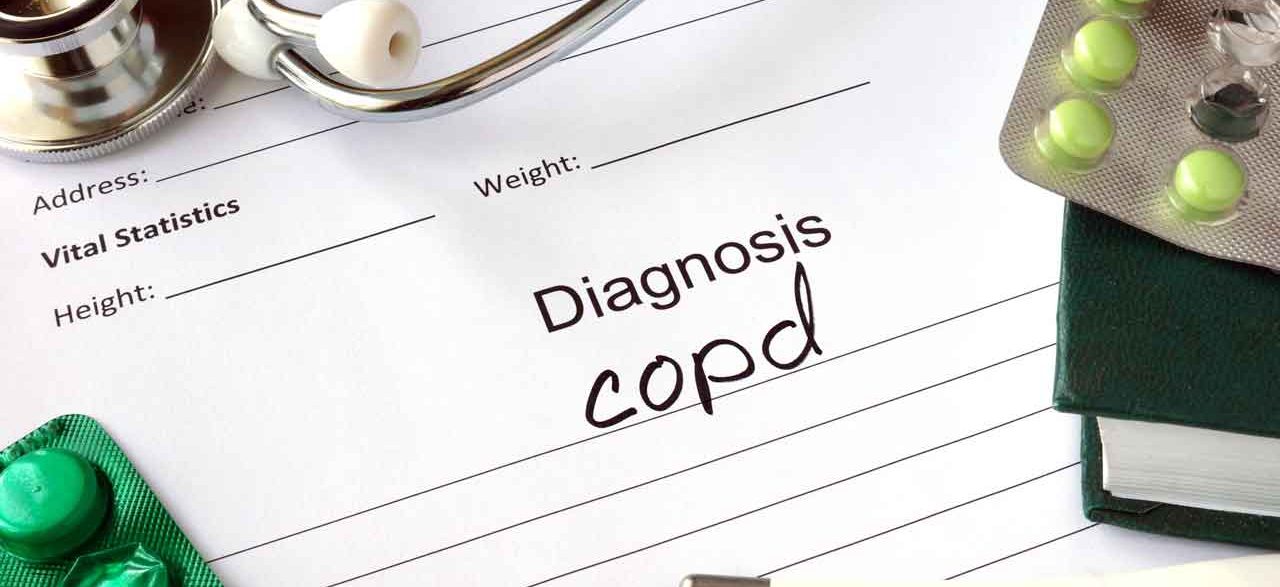The Stages of COPD

Determining which of the stages of chronic obstructive pulmonary disease (COPD) you have help you get the right treatment. Learn more about the stages of COPD.
Chronic obstructive pulmonary disease (COPD) advances in stages that are important to identify for the particular treatment required.
This progressive disease, in which the airways in your lungs become blocked, makes it hard to breathe. COPD can cause coughing characterized by large amounts of mucus, wheezing, shortness of breath, chest tightness, and other chronic obstructive pulmonay disease symptoms. More than 5 percent of Americans have the disease, and it’s the third ranked cause of death. More than 120,000 people die from it each year.
YOU MIGHT ALSO LIKE: COPD Symptoms
“Cigarette smoking is the leading cause of COPD,” according to the National Institutes of Health. “Most people who have COPD smoke or used to smoke. Long-term exposure to other lung irritants — such as air pollution, chemical fumes, or dust — also may contribute to COPD.”
The four stages of COPD
Stage one is the mildest form, with minor signs such as shortness of breath occasionally, but nothing that would be obvious to the patient or casual observer. People with stage one of COPD do not even know that they have the disease much of the time. At this stage they typically have lung function of greater than 80 percent of the expected function for a non-diseased lung.
In stage two, a person will begin to have shortness of breath when engaging in any activity that requires exertion. They may cough, but not always. During this stage, you may notice something is wrong, as your lung function has deteriorated to 50 to 80 percent of what it should be.
In stage three, you will have severe shortness of breath, even without exertion. You may or may not have a cough. People suffering from stage three COPD have a difficult time engaging in exercise. Fatigue sets in because you can’t get enough oxygen. A lung with stage three COPD will function at 30 to 50 percent of the normal lung function.
Stage four COPD is characterized by a significant loss in quality of life. Breathing becomes extremely difficult and can be considered life threatening. Lung function is less than 20 percent of normal.
How to tell your stage
Pulmonary function tests are used to determine which of the stages of COPD you’re in. The most common, called spirometry, involves taking a deep breath in and then exhaling as hard and for as long as possible into a hose connected to a machine called a spirometer. The machine measures how fast air is blown out of the lungs.
Knowing the COPD stages gives a person’s doctor the important information needed to provide guidance about how to treat the disease.
“The right kind of treatment allows COPD patients to control their symptoms in the most successful way. The different stages of COPD require very different types of treatment strategies,” according to COPD.net. “A COPD patient’s personal treatment plan includes advice about lifestyle changes, medications, or breathing therapy options that are the best for that stage of the disease.”
Knowing the stage also allows your doctor to keep track of the progression and know whether your treatment plan has been effective. Testing your stage after you have been treated for a while can indicate whether there needs to be any change to the approach.
Treatment for COPD
Treatment can include medications and inhalers, pulmonary rehabilitation (a specialized form of exercise and education), and surgery or a lung transplant, although that’s an option for relatively few people. Your doctor may also want you to have an annual flu and pneumonia shot.
“Because the respiratory system is damaged and those illnesses compromise the lung’s ability to function normally, flu and pneumonia are tough for a patient with COPD to fight off or recover from,” says Jill Ohar, MD, professor of pulmonology, critical care, allergy and immunologic disease at Wake Forest University Baptist Medical Center in North Carolina.
Updated:
March 03, 2020
Reviewed By:
Janet O’Dell, RN